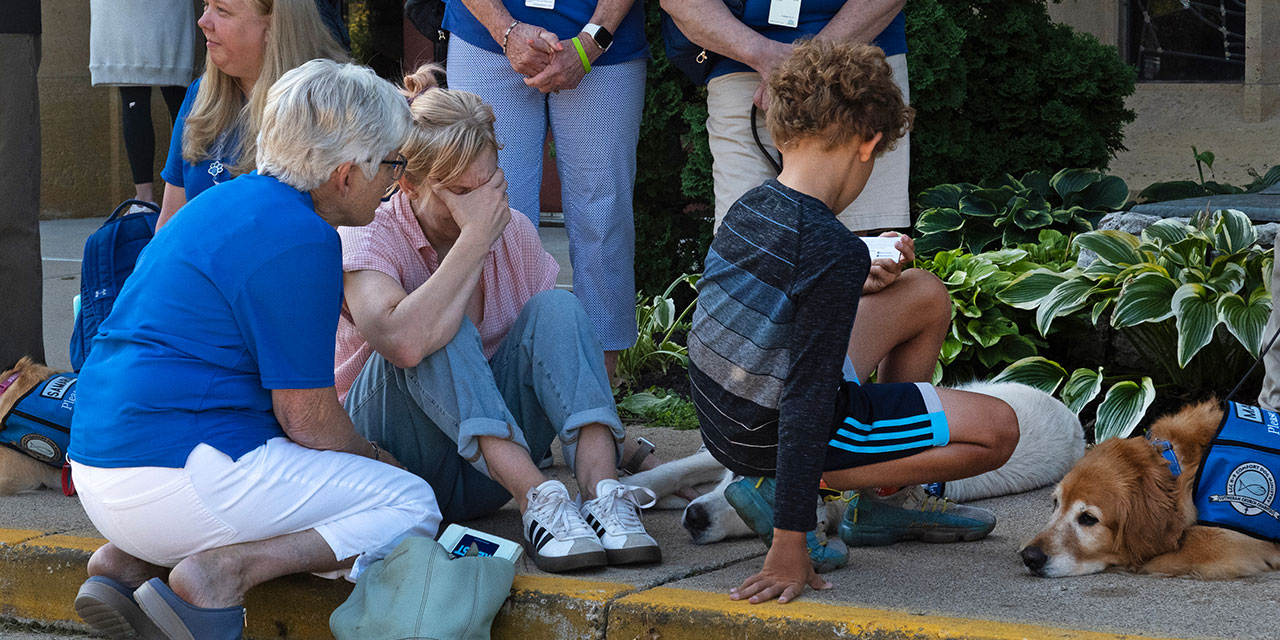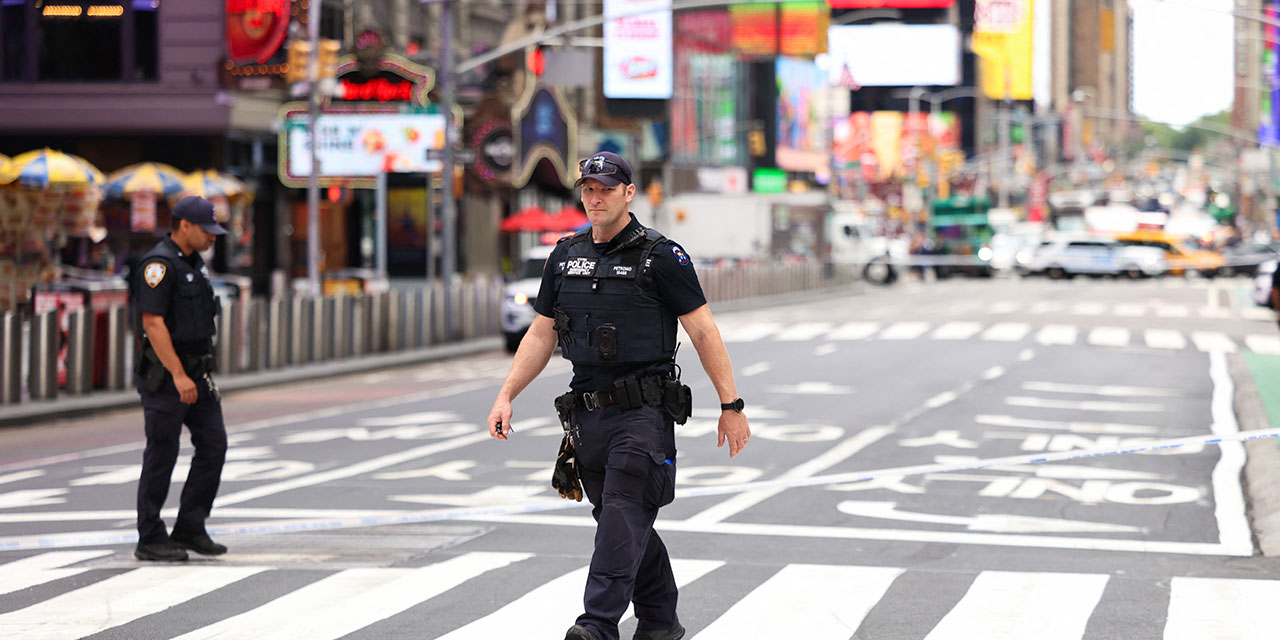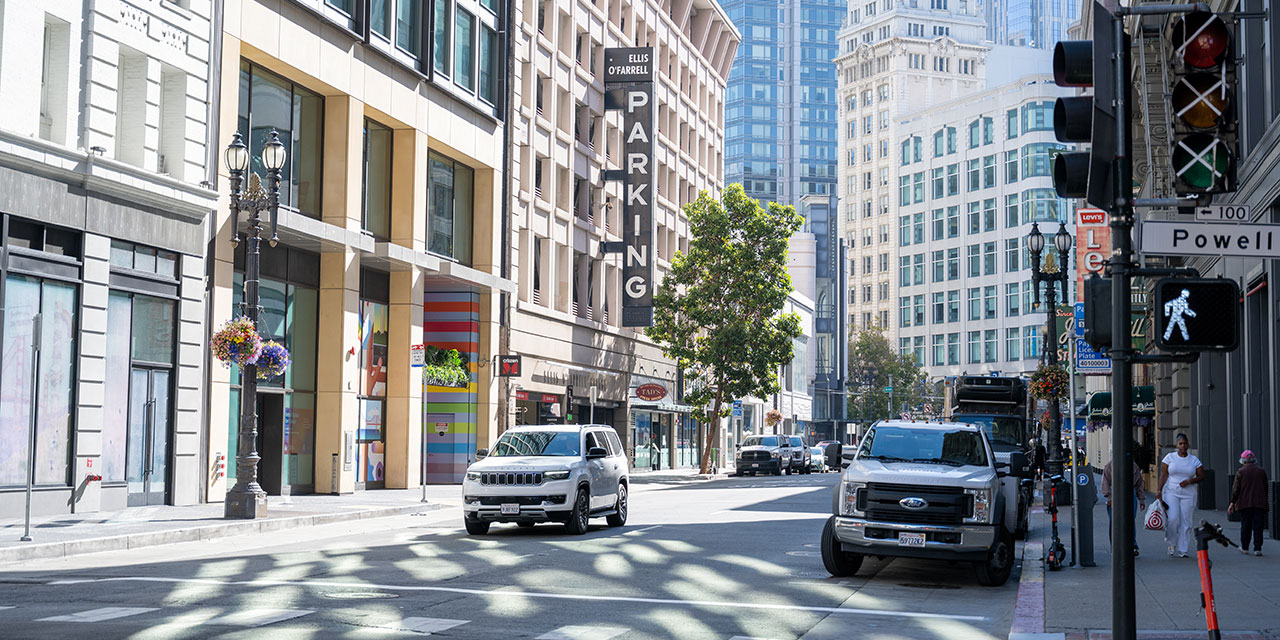Every year, around mid-November, the American Society of Criminology hosts a conference to showcase the state of the discipline. The ASC is home to academic criminologists—professors and other scholars who conduct research and teach about crime and justice. I have attended these meetings since 1992, but my engagement with the organization has dissipated as the ASC has grown increasingly political.
In 2013, for example, white men were entirely excluded from organizing panel presentations for the annual meeting the following year. Not one of the 69 individuals responsible for creating sessions from all the submissions was a white man, and 90 percent were women. Men make up 45 percent of the organization’s membership, though, and the overwhelming majority (80 percent) are white. Clearly, this was not a coincidence.
Finally, a reason to check your email.
Sign up for our free newsletter today.
The ASC leadership is responsible for the organization’s descent. The president at the time of the 2014 conference, Joanne Belknap, an activist scholar of radical feminist persuasion, delivered a presidential address back then that left no room for interpretation: “I was thrilled with the praxis aspect of Marxism, the call for scholars to do more than sit in ivory towers and the necessity of being part of making political and societal change. I still embrace most of the tenets of . . . Marxism.” A few years later, under the presidency of Meda Chesney-Lind, the agenda for the 2019 meeting was even more explicit in its political commitments. From her preview of that conference: “Progressive criminologists, particularly in the United States, face a daunting set of challenges. It is now clear that rightwing politics, particularly racism, sexism and nationalism, were central to Donald Trump’s surprising election.”
But as it happens, the dark cloud that descended over the 2019 meeting had nothing to do with Trump. Instead, the ASC found itself mired in an internal scandal involving some of the organization’s most distinguished members. Two months earlier, The Chronicle of Higher Education had published an article that implicated Professor Eric Stewart and his coauthors in research fraud. Two of the five problematic articles appeared in the journal Criminology, the ASC’s flagship publication. Most of the authors involved were elite criminologists with prominent positions in ASC journals and its governing bodies.
Though the accusations of data fabrication appeared credible and were well documented, ASC leadership seemed more interested in protecting the organization’s members than in ensuring the scientific integrity of the discipline. According to the Chronicle, the lead editor of Criminology, David McDowall, “seemed less than eager about getting to the bottom of what might be wrong with this particular paper.” He confirmed having seen the letter detailing the concerns but said he “didn’t read it in great depth.” In an astonishing response to calls for retraction, McDowall said, “This is not the first time that papers were published in the journal that were complete gibberish.”
In the end, the allegations of research misconduct proved correct, and the fraudulent articles were retracted. This embarrassing episode was a turning point in my engagement with the ASC. For years, I had been able to hold my nose around political advocacy in the name of science, but I refuse to belong to an academic organization that tolerates scientific misconduct.
Despite these misgivings, I decided to trek to Atlanta last November to celebrate my 30th anniversary as an ASC conference participant. The 2022 conference’s theme, the future of criminology, and its stated goal to “think through how criminology can contribute to evidence-based public policy in an era marked by extreme partisanship,” recognized the harmful influence of partisan ideology on research integrity. Intrigued by this promising agenda, I decided to set aside my narrower scholarly interests and, instead, explored the current state of academic criminology more widely.
I followed two general guidelines. First, I would limit my attention to topics that dominate public debates about crime and justice in contemporary America: policing, racial disparities, hate crimes, and recent increases in gun violence. My second guideline was to prioritize sessions featuring the most established and respected scholars of mainstream criminology.
Had I wanted to write a hit piece to ridicule American criminology, I could have attended such sessions as “A Critical Approach to Policing Dynamics,” featuring a presentation about “Black Men & The Homoerotic Police Ritual of Stop & Frisk.” (By not attending, I missed the opportunity to learn that “the institution of policing has always seen Black men and boys as disposable objects of the state’s violent, phallic desires.”) Instead, I attended ten events in an effort to learn about the overall state of the discipline. Two were presidential panels: high-profile sessions sponsored by the sitting ASC president. Another two were “author-meets-critic” sessions dedicated to a recent book. Two more were curated panels showcasing cutting-edge research by teams of scholars from Harvard, Brown, Cambridge, Oxford, and Penn. The remaining four offered individual research papers addressing hate crime, media, and policing.
The conference featured plenty of anti-cop rhetoric, but also significant pushback.
An example of the first was a discussion about a book, Reckoning: Racism, Politics, and the Deep History of Policing, by John Hagan, who holds prestigious appointments at Northwestern University and the American Bar Foundation. The book offers a sharply critical history of policing in Chicago, and much of the discussion revolved around Detective Jon Burge, who allegedly obtained false confessions by torturing dozens of black men over several decades, among other examples of extreme police brutality. The authors’ presentation ended with a quote from Chicago mayor Lori Lightfoot, lamenting the “cultural dysfunction” in the Chicago Police Department.
The panel generated intriguing responses. Robert Sampson questioned the racism of Chicago’s legendary Mayor Richard J. Daley (in office from 1955 to 1976), who “hated white hippies, too.” Gary LaFree raised concerns about de-policing, citing data from Baltimore suggesting that the Freddie Gray riots had reduced police presence in high-crime areas and led to increased homicide mortality among African Americans. Based on this evidence, I asked the panelists for their thoughts on the “Ferguson effect,” the assumption that protests against police brutality have worsened crime due to their negative impact on police morale and presence. The reaction was mixed but generally approving.
The other author-meets-critic event, discussing The End of Policing by Alex Vitale, a well-known leader of the police-abolitionist movement, was more slanted. The book gained national notoriety when Senator Ted Cruz held it up before TV cameras during the confirmation hearing of Justice Ketanji Brown Jackson. With the space filled to standing room only, this event was by far the most popular session I attended during the conference. Displayed on the big screen was the cover of the book and the following quote: “The problem is not police training, police diversity, or police methods. . . . The problem is policing itself.” One critic told the audience that the book “annihilated any argument for any kind of reform.” Another suggested we could learn from revolutionary Nicaragua and Cuba. By the time a member of the audience described the U.S. as a “settler-colonialist hellhole,” it was time for me to move on.
Next came a session on “Police Use of Force in the Media,” which featured a presentation by a rising star in criminology. Tony Cheng, an accomplished professor of criminology at UC Irvine, argued that “racialized state institutions, like police, engage in processes of strategic exclusion in the representation of real-world phenomena into digital content.” For his research, Cheng had examined the Twitter feed of the NYPD. As an example of “digital omission,” he noted that the NYPD released information about the weapons recovered in arrests but failed to disclose the identities of the officers involved. Call me naïve, but it would seem odd for the NYPD to dox its own employees.
A more useful event was “Understanding Victimization in a Post-2020 World.” Featuring criminologists from the University of Pennsylvania, it presented research on recent trends in violent crime. Aaron Chalfin, who has published studies for the Manhattan Institute and applies econometric techniques to criminal-justice policy, was involved in three of the papers. In past work, Chalfin has argued that U.S. cities are substantially under-policed, and that boosting the size of police forces would reduce the nation’s homicide rate, with double the benefits for African Americans. His presentation in Atlanta was based on a recent article showing that people were 15 percent to 30 percent more likely to have been robbed or assaulted in public places during the Covid pandemic as compared with pre-pandemic levels.
Another academic in this session, Brandon del Pozo of Brown University, reported that deploying to Afghanistan as a combat soldier would have been safer, in terms of gun homicide, for young American men than living in the most violent zip codes of Chicago or Philadelphia. In his remarks, del Pozo questioned criminology’s prevailing focus on the problem of police brutality in minority communities, given their exposure to endemic levels of lethal gang violence. If witnessing violence is traumatic, then why pay so much attention to a small subset of incidents that are comparatively rare and typically less serious?
As if on cue, the final policing session examined the negative health consequences of police encounters on citizens. Compared with the previous session, the evidence from these presentations was methodologically unpersuasive. Based on purely correlational data, the first paper argued that the trauma of police contacts in adolescence “may impact” sleep disorders in later life. The observational study did little to rule out the strong possibility that the link between the two outcomes is spurious. Apparently, it is acceptable in criminology to put forth causal conclusions from correlational evidence, as long as the results fit the narrative.
Another paper exemplified this fallacy, examining a specific construct with an exceptionally long name: “anticipatory stress of race-motivated police brutality.” Scoring high on this kind of stress was linked to negative mental-health outcomes later in life. The presenter suggested that policymakers eliminate “the over-policing of youth of color.” My suggestion that reductions in policing in Baltimore—where these data were collected—might lead to negative health outcomes in the form of homicide victimization was greeted with general, if unenthusiastic, agreement.
Tensions also flared between ideological passions and scientific evidence.
Two events were dedicated to the ideological trend known as “anti-racism.” At a session titled “Advancing Anti-Racism in Criminology,” three academics reflected on their experiences as “Blacks in the Ivory.” They pointed to the underrepresentation of blacks in tenure-track positions and, amazingly, cited the treatment of Cornel West and Nikole Hannah-Jones—two of the nation’s most idolized public intellectuals—as examples of “white racism” in academia.
It was suggested, with no evidence, that black academics are denied tenure to protect white hegemony.
Another event focused on media coverage of crime during the 2022 midterm elections. This panel was the most politically diverse by far. Joining a progressive prosecutor, an advisor to the Obama administration, and a left-leaning journalist was the executive director of the Faith and Freedom Coalition, a conservative advocacy group. The event was poorly attended and generated little content, possibly due to the weaker-than-expected performance of the Republican Party in the midterms. Participants claimed that, as a national strategy, the crime-focused agenda of the GOP proved mostly unsuccessful. On the bright side, there were no protestors demanding a safe space to protect them from the panel’s avuncular conservative representative.
Possibly the most direct way to observe the politics of the ASC is to study the events sponsored by its leadership. The Atlanta meeting featured several presidential panels, including the presidential address that concluded the tenure of Janet Lauritsen at the helm of the organization. Lauritsen’s topic was crime data. She reviewed the problems with the nation’s system of criminal-justice statistics and suggested paths forward. It was one of the most boring talks of the conference—and one of the best. Concerns about Trump, systemic racism, and other fashionable talking points were conspicuously absent.
One member of Lauritsen’s presidential panel was Thomas Abt, a left-of-center advocate for evidence-based solutions to the problem of urban violence. In his remarks, Abt criticized those who, in his view, claim to be interested in the problem “but are actually just pushing a preconceived agenda.” Robin Engel, the senior vice president of the National Policing Institute, agreed, saying that “you can’t be an advocate and a scientist at the same time.” I approached Engel after the session and asked if she thought criminology has a problem with political bias to the point of harming the credibility of the discipline, which she affirmed.
I arrived in Atlanta with a pessimistic view of academic criminology. During my 30 years in the field, the scholarship has become increasingly political and intolerant of evidence that contradicts the progressive narrative. The past few years have been particularly discouraging for those who care about scientific rigor and truth. Despite these reservations, I approached the ASC meeting with an open mind.
The situation is far from hopeless. True, criminology possesses precious little viewpoint diversity. Much of the scholarship is more interested in pursuing a political agenda than objective truth. The ASC’s outward stance as a politically neutral arbiter of scientific evidence is at odds with its recent history as an activist organization.
But plenty of people involved in this enterprise conduct sophisticated research with a keen focus on reality, and they are committed to fighting the good fight. Indeed, they should become more assertive and visible within the organization. With that in mind, I plan to attend the ASC meeting in Philadelphia this November—as long as the City of Brotherly Love has not abolished police in the meantime.
Photo: William_Potter/iStock




